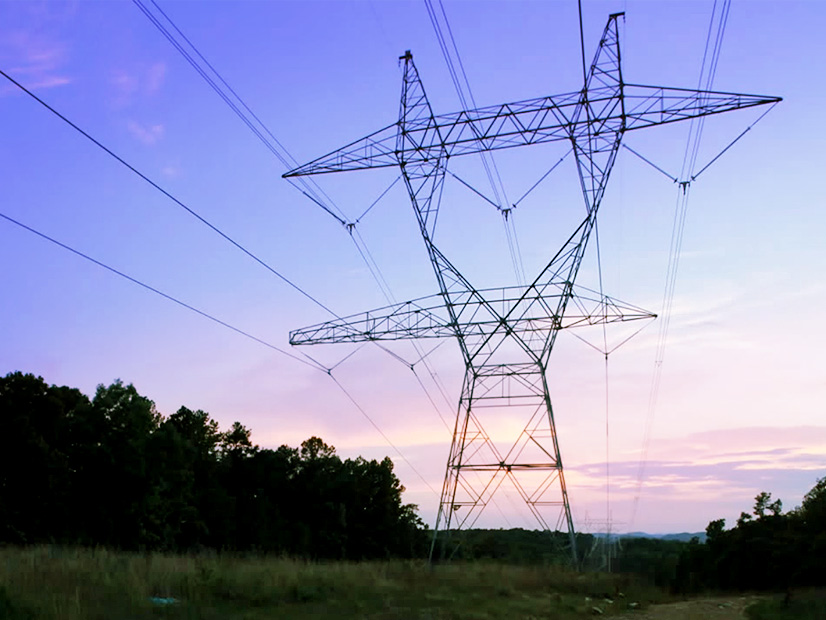MISO’s annual transmission expansion spending is trending downward after two hefty packages.
The RTO’s draft 2021 Transmission Expansion Plan (MTEP 21) stands at 358 new projects at $3.11 billion. For the past two years, MTEP investment has lingered around $4 billion and roughly 500 projects per year, the priciest packages since the RTO’s 2011 multi-value project portfolio. MTEP 21 will undergo multiple alterations and reviews before it’s put to a vote from MISO’s Board of Directors in December.
Most of this year’s investment — $2.07 billion across 241 projects — falls into MISO’s “other” project category, which includes projects that address load growth, reliability, the age and condition of existing assets and other local needs. MTEP 21 also includes 67 baseline reliability projects at $619 million and 49 generator interconnection projects at $319 million. MISO South is set to take a 41-project, $582-million share of MTEP 21 investment.
MISO’s West planning region will take a larger share of this year’s shrinking investment.
MISO Manager of Expansion Planning Zheng Zhou said proposed projects in MISO West — which includes Minnesota, Iowa, parts of the Dakotas and western Wisconsin — will cost around $1.04 billion, up from $1.03 billion in MTEP 20.
“For the West region, we’re actually seeing a slight increase…in investment dollars from MTEP 20,” Zhou said during a June 1 West subregional planning meeting.
The largest MTEP 21 project in the West comes from a new, $71-million 161 kV line and breaker stations from ITC Midwest in Southern Iowa. The project is needed for reliability, and it’s double the cost of any other proposed MISO West project.
MISO West has been routinely singled out by stakeholders for its scarce transmission capacity and prohibitively expensive system upgrades for interconnecting generation. (See Modeling Hitches Delay MISO Long-range Tx Work.)
Stakeholders asked how the MTEP 21 plan might interact with the long-range planning.
Zhou said while the processes are considered separate, both MTEP and long-term planners are aware of one another’s work.
“I’m very interested in how we’re going to integrate the normal MTEP cycle with the course of the [long-range transmission plan],” WEC Energy Group’s Chris Plante said. He added that some long-range projects might negate the need for other planned reliability projects in the annual planning cycles.
During a June 2 South subregional planning meeting, MISO Senior Manager of Expansion Planning Edin Habibovic said while MISO planners are coordinating on both MTEP 21 and the long-range plan, some long-range transmission projects could supplant some smaller reliability projects.
“There could be some overlap in those needs and how they resolve,” Habibovic said. “…It’s going to take some coordination.”
Clean Grid Alliance’s Natalie McIntire pushed MISO to look for ways to combine projects in the MTEP 21 package. She noted that MISO hardly ever suggests more efficient project alternatives to TOs’ proposals.
“MISO, it seems to me, has the best view of the system and the best view of the projects being proposed to make sure they’re cost effective,” McIntire said.
Zhou said with so many of the proposed projects being hyperlocal this year, it’s difficult for MISO to recommend substitutes.
“It’s hard to find alternatives to these types of projects,” he said, adding that MISO does test for alternatives, but larger, regional projects are better suited to modification.



